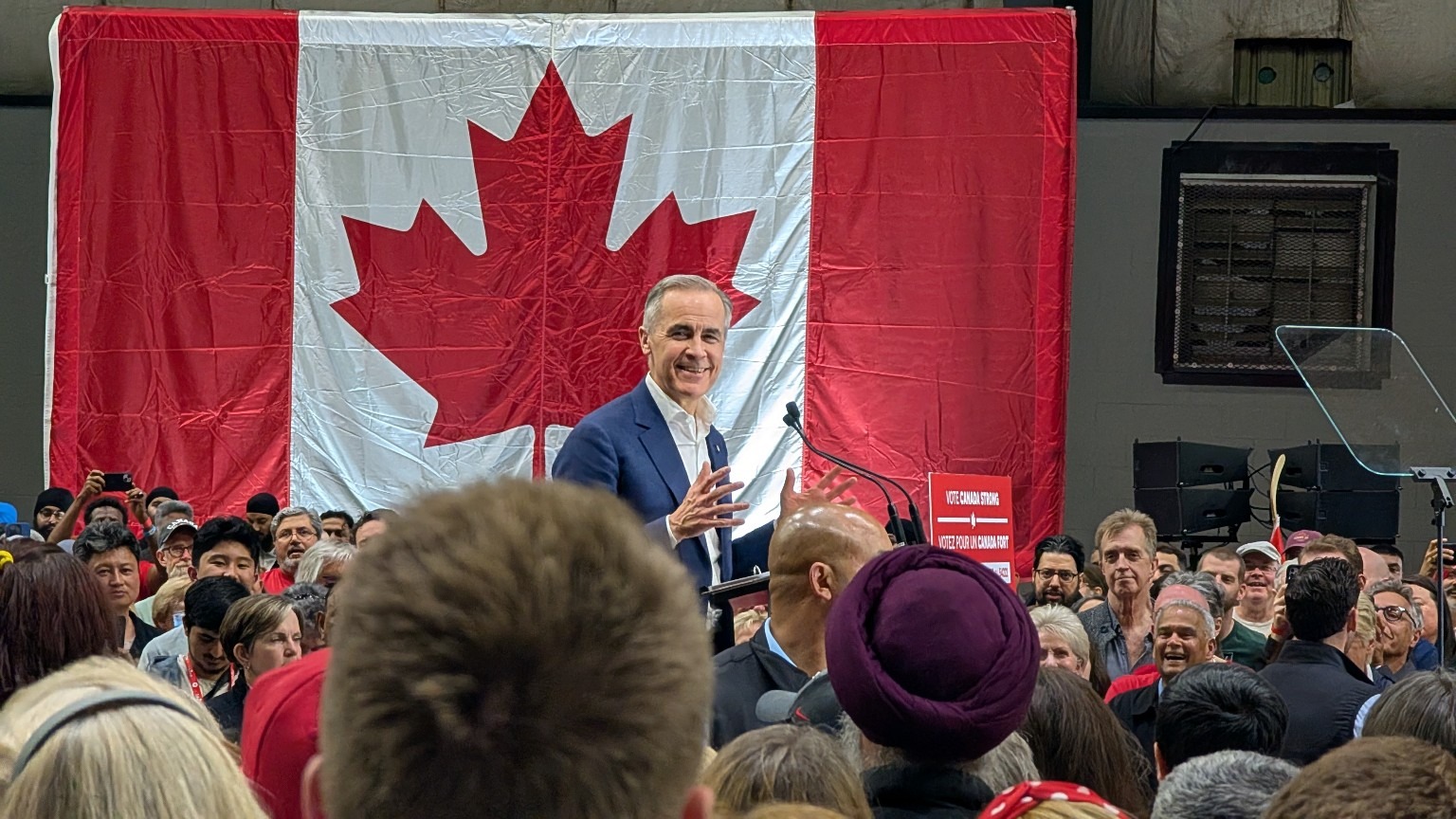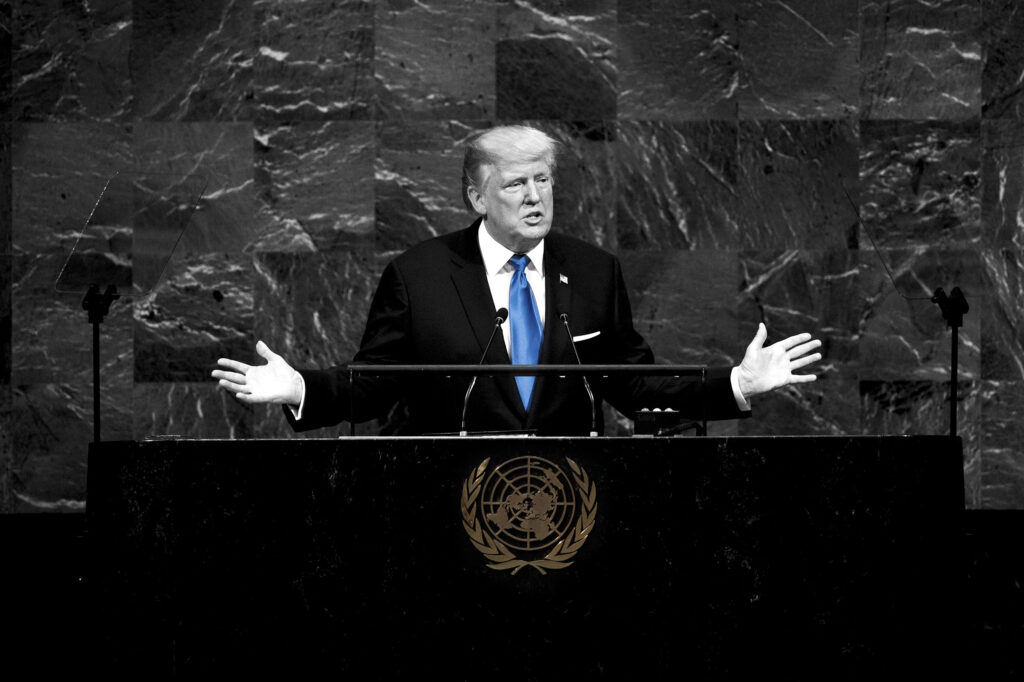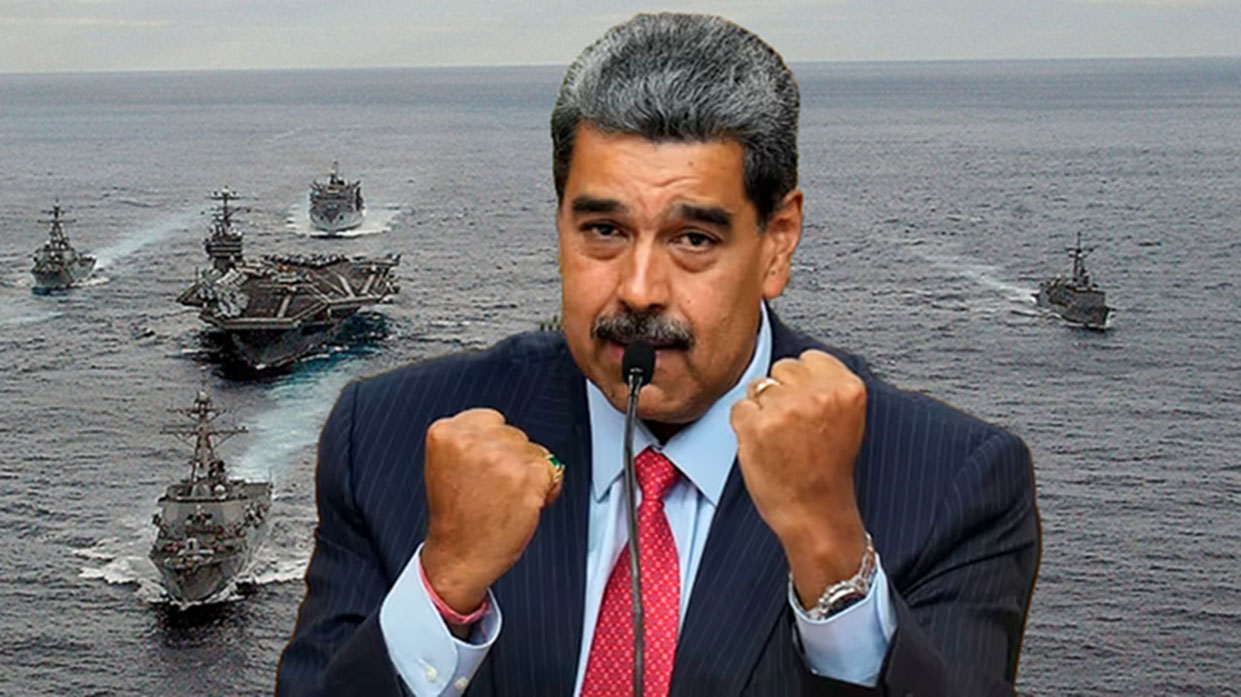Two leaders who know the art of the deal meet across the table; one expert in markets, the other in headlines.
3 Narratives News | October 6, 2025
Intro
Donald Trump no longer jokes about Canada being the “51st state.” The show is over.
What’s left is a real meeting between two men who understand the Art of the Deal, Trump, the showman turned statesman, and Mark Carney, the economist turned prime minister.
Both have built careers around power and persuasion. One learned in front of cameras, the other behind spreadsheets. Now they meet in Washington with respect, two seasoned players who know that trade, like chess, rewards patience more than noise.
Today’s White House session isn’t a photo op. It’s a test of skill and calm between leaders who believe they can out-negotiate anyone, especially each other.
Context: What Changed
This handshake comes after months of change. The Trump Administration has matured from late-night tariff shocks and unpredictable tweets to a reasonable outcome; the shock and awe era is over. Carney’s new government, inheriting the fallout from earlier trade fights, sees a rare chance to reset.
Timing matters. The U.S.–Mexico–Canada Agreement (USMCA) faces its first joint review next year. Carney wants steady markets; Trump wants visible wins. Both need success stories they can sell at home.
Meanwhile, in Québec City, a new alliance of Canadian premiers and American governors from the Great Lakes–St. The Lawrence region is quietly shaping a shared economic plan, built on factories, rivers, and jobs rather than slogans.
Carney’s White House Negotiations
Mark Carney knows how to read a room. He listens longer than most expect, then answers with precision. That patience, learned through years of managing crises, now guides him through the corridors of the West Wing.

Before politics, Carney built his reputation in the hardest classrooms of economics. He earned his master’s and doctorate from Harvard and Oxford, then spent over a decade at Goldman Sachs studying global markets from London to Tokyo. Later, as Governor of the Bank of Canada, he steered the country through the 2008 financial crisis with a calm that made him a global name. When Britain worried that Brexit could send its economy into free fall, London called him in. As head of the Bank of England, Carney became the steady voice investors trusted. Even his critics admitted he likely spared the U.K. from a financial meltdown.
Those same habits, in measured tone, sharp data, quiet authority to shape how he approaches Trump.
When the two men meet this time, the atmosphere is strikingly civil. No teasing about Canada as the “51st state,” no off-hand jabs. Just a handshake and a line caught by microphones:
“Let’s do something great for both of us.”
Across the table sits a man of the opposite style but equal force. Donald Trump, whether viewed as hero or anti-hero, has outlasted more political storms than any leader in modern U.S. history. He thrives on pressure and never stops campaigning, even inside the Oval Office.
For decades, he talked about tariffs. Old television clips show him warning, even in the 1990s, that
“America is being ripped off.”

Now, with power in his hands, he has acted on that obsession, slapping duties on steel, aluminum, and cars, and challenging what he calls unfair trade deals. Europe recently agreed to cut its auto tariff from 15 percent to zero, a symbolic victory that Trump counts among his personal wins.
Canada, however, remains the exception. “We don’t need anything from Canada,” he once said, seeing the relationship purely through a ledger. Under that logic, he cut off incentives for Canadian steel and auto imports, limited Hollywood production spending in Toronto and Vancouver, and even discouraged U.S. tourism north of the border.
Yet the plan backfired in subtle ways. Border towns saw fewer visitors from the north, and U.S. factories that relied on Canadian parts slowed production. The economies proved harder to untangle than expected.
Now, Trump faces Carney with a new awareness that Canada cannot simply be pressured; it must be persuaded. He no longer mocks or threatens. Instead, he prepares for what aides privately call “a real negotiation.”
When the two shake hands, there is no theatre, only calculation. “Let’s do something great for both of us,” Trump says, his voice steady.
Inside, they exchange data, not insults. Carney shows how Canadian aluminum sustains U.S. jobs; Trump counters with figures on Pennsylvania steelworkers. Both know the cameras will capture only a fraction of what matters — the shift from performance to purpose.
A senior aide watching from the doorway calls it
“the most adult conversation between the two countries in years.”
By evening, both teams expect to release a joint statement on “advancing regional competitiveness.” It will sound cautious, but its message is historic: the showman and the strategist have finally found common ground — if only for one long, calculating afternoon.
The Premiers and Governors Coalition
While presidents and prime ministers meet in capital cities, the people who run the regions are already at work.
In Québec City, a mix of U.S. governors and Canadian premiers gather around maps showing railways, ports, and power grids — the arteries that keep North America alive. In Canada, a premier is the equivalent of an American governor, but instead of states, Canada has provinces. These leaders control much of the infrastructure, trade, and jobs that make both countries function day to day.
At the head of the table sits Governor Josh Shapiro of Pennsylvania, recently elected chair of the Great Lakes–St. Lawrence Governors and Premiers alliance for a cross-border network representing more than 100 million people and about US $6 trillion in combined economic output.
“Our economies don’t stop at customs,” Shapiro tells the room. “Why should our cooperation?”
Ontario Premier Doug Ford, who governs Canada’s largest province, leans forward. “This trade war hurts workers on both sides. Trump should worry more about China than Canada.”
Next to him, Québec Premier François Legault nods.
“A win for our provinces is a win for your states,”
He says in his steady, businesslike tone.
Around the table, familiar voices join in. Michigan’s Gretchen Whitmer reminds everyone that auto parts can cross the U.S.–Canada border five times before becoming a finished car. New York’s Kathy Hochul points to shared waterways and power grids that link the two nations. Wisconsin’s Tony Evers speaks for farmers and freight lines that depend on open trade.
Together they unveil a Regional Agenda for Growth, a cooperative plan covering infrastructure, agriculture, and environmental protection along the Great Lakes and the St. Lawrence River. The language is practical, not political. It’s about keeping bridges open, trucks moving, and economies growing.
The alliance’s tone mirrors Carney’s: calm, focused, and grounded in results. While national governments argue, these regional leaders work quietly to protect the flow of goods and jobs across the border.
As one American governor put it, “We’re not waiting for Washington or Ottawa to remember us. We already know what works.”
The Silent Story
Between summits, daily life rolls on. Trucks rumble over the Detroit-Windsor Bridge. Freight trains snake along Lake Erie. Factory lights blink on at dawn.
Drivers check news alerts to see if tariffs will drop. A steelworker in Hamilton shrugs: “If they’re finally talking, maybe it’ll calm down.” Years of uncertainty have made optimism a luxury.
Real progress won’t be measured in speeches. It will show up in smaller things — shipments moving on time, paycheques steady, communities breathing easier.
If Trump and Carney keep this tone, the win will be quiet but lasting: a North America that trades in trust again.
Key Takeaways
- Trump and Carney meet on October 7 at the White House, signalling a new, more respectful phase in U.S.–Canada relations.
- Tariff relief and the coming USMCA review top the agenda.
- In Québec City, governors and premiers launch a joint plan to strengthen cross-border trade.
- The Great Lakes–St.The Lawrence region drives about US $6 trillion in economic output and millions of jobs.
- The real impact will be felt in border towns and factories where stability matters most.
Questions This Article Answers
- Why is the Trump–Carney meeting seen as a turning point for U.S.–Canada relations?
- What are the main goals of the new White House talks?
- Which governors and premiers are working together on trade and jobs?
- How does the USMCA review affect both countries?
- What could renewed cooperation mean for workers and businesses?


